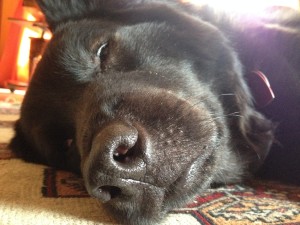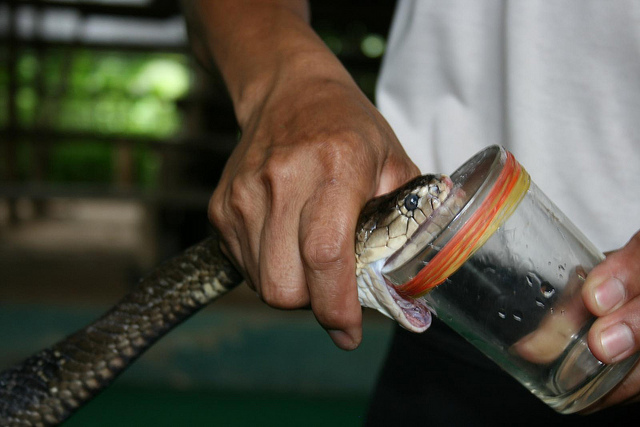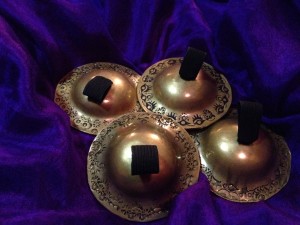
A dog about to head on a walk is worried about three things: the leash, his human and getting out the door. Even if what happens after he’s outside is the same route he takes every day, the dog’s excited to sniff to find out who else has walked that way, how the weather has shifted and if there is anyone exciting up ahead.
In other words, even though he might use his 300 million olfactory receptors , he’s only concerned with what actually reaches his nose.
Which is a lot like writing:
- Take in as much information as you can.
- Figure out what it means.
- Share that information with others.
The dog’s sharing takes the liquid form of paying it forward or swapping sniffs with dogs he might meet along the way. Writers can do the same thing, with shorter missives like this blog post, or through longer, crafted works.
But the main thing is that the dog saves his worry for important things, like when the hell you’re going to get home, which proves to be great advice for a writer. Save your worry for when the humans are going to return and write as far as your nose takes you.

